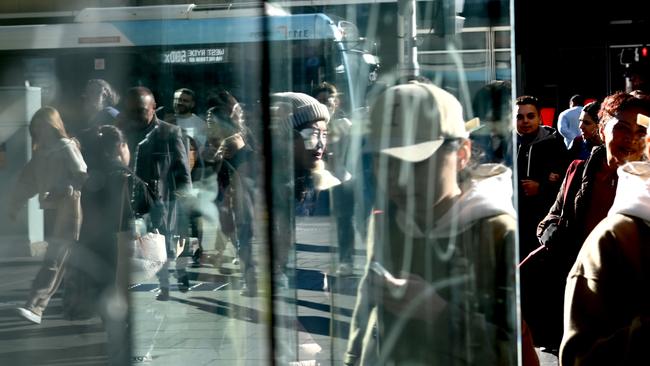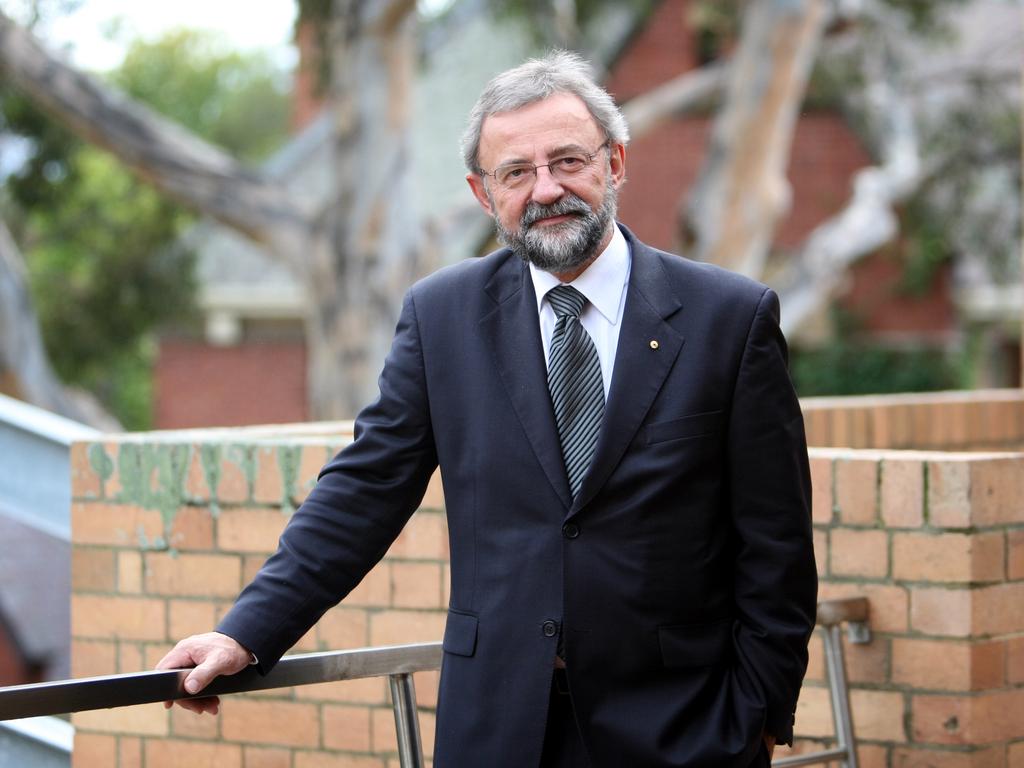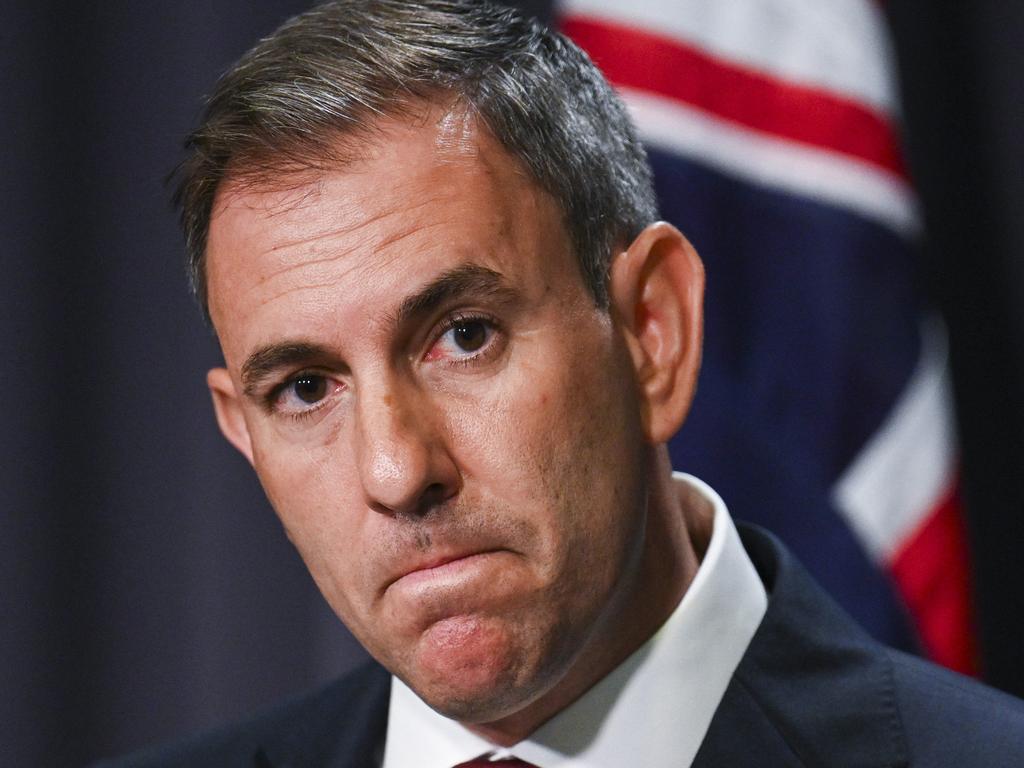Unemployment rate inches up to 3.8 per cent as rate cut hopes fade
An only slight lift in the unemployment rate to 3.8 per cent in March has underlined the remarkable resilience of the labour market and will add to the Reserve Bank’s reluctance to cut rates any time soon, economists say.

A slight lift in the unemployment rate to 3.8 per cent in March as the economy shed 6600 jobs will add to the Reserve Bank’s reluctance to cut rates any time soon, economists say.
Despite a virtually stalling economy, unemployment is still near 50-year lows, and well below the 5.2 per cent rate that it was leading up to the pandemic, as the labour market proves surprisingly resilient to the sharp slowdown in the economy through late 2023 and into 2024.
Apart from January, unemployment has been below 4 per cent for two years, in an extraordinary stretch that is testament to the RBA’s determination to hold on to as many of the post-lockdown employment gains as possible, even as it fights to bring inflation back under control.
RBC Capital chief economist Su-Lin Ong said it was possible that analysts had underestimated the strength of the labour market, raising the risk that the RBA would keep rates higher for longer, and cut by less when it eventually did start cutting.
As attention turns to Wednesday’s key March quarter inflation report, Ms Ong said there were now greater risks to her forecast of two rate cuts in November and December. “A patient RBA is likely to stay on the sidelines for some time,” she said.
Australian Bureau of Statistics figures showed full-time employment rose by 28,000 in March, on a seasonally adjusted basis, offset by a 35,000 drop in part-time employment.
The underemployment rate, which tracks those with jobs but who are struggling to get more hours, fell from 6.6 per cent to 6.5 per cent, while the number of hours worked lifted in the month.
The key jobless figure unexpectedly plunged by 0.4 percentage points in February after the number of employed Australians jumped by a bumper 116,500 – a result that many economists said had been distorted by a large number of Australians waiting to start jobs after summer holidays.
Experts who had anticipated a lift in the unemployment rate to 3.9 per cent said the labour market had held on to the bulk of the late-summer jobs growth and was showing no signs of cracking under the strain of the most aggressive series of rate hikes in a generation.
ANZ senior economist Blair Chapman said despite the slight drop in the number of employed Australians in March, “the labour market may be running slightly hotter than the RBA forecast”.
The RBA in February predicted unemployment would reach 4.2 per cent by the middle of the year, but NAB senior economist Taylor Nugent said the central bank would likely need to lower that estimate when it updated its outlook in under three weeks’ time. “With GDP growth below trend and the pulse of employment growth still cloudy, the RBA will likely hold on to their forecast for gradual cooling in the labour market,” Mr Taylor said.
The fall in employment, matched with ongoing population growth, pushed the employment-to-population ratio down by 0.2 percentage points to 64 per cent, while the participation rate – the share of working-age people employed or looking for jobs - fell marginally to 66.6 per cent, ABS data showed.
Both measures were close to their record highs of late last year and far above pre-pandemic levels, suggesting the labour market “remained relatively tight” in March, ABS head of labour statistics Bjorn Jarvis said.
The underutilisation rate, which combines unemployment and underemployment measures, was steady at 10.3 per cent. “While this was 0.5 percentage points higher than March 2023, it was still 3.6 percentage points lower than March 2020,” Mr Jarvis said.
US Federal Reserve chair Jerome Powell this week flagged that rate cuts there could be delayed after three months of climbing inflation and strength in the jobs market, with the first move now more likely in November.
Challenger chief economist Jonathan Kearns said US central banks had recently been emphasising the stickiness in a measure of services inflation which excludes housing.
While goods price growth is now zero, this measure of “supercore” services inflation has accelerated to 4.8 per cent, and is running at an annualised rate of 8 per cent over the first three months of 2024, Dr Kearns said.
Amid fears of a similar phenomenon here amid the ongoing rapid rise in costs in areas such as insurance, rents and construction, financial markets are pricing in just a 70 per cent chance of an RBA rate hike by December.
The next RBA board decision will be on May 7.






To join the conversation, please log in. Don't have an account? Register
Join the conversation, you are commenting as Logout